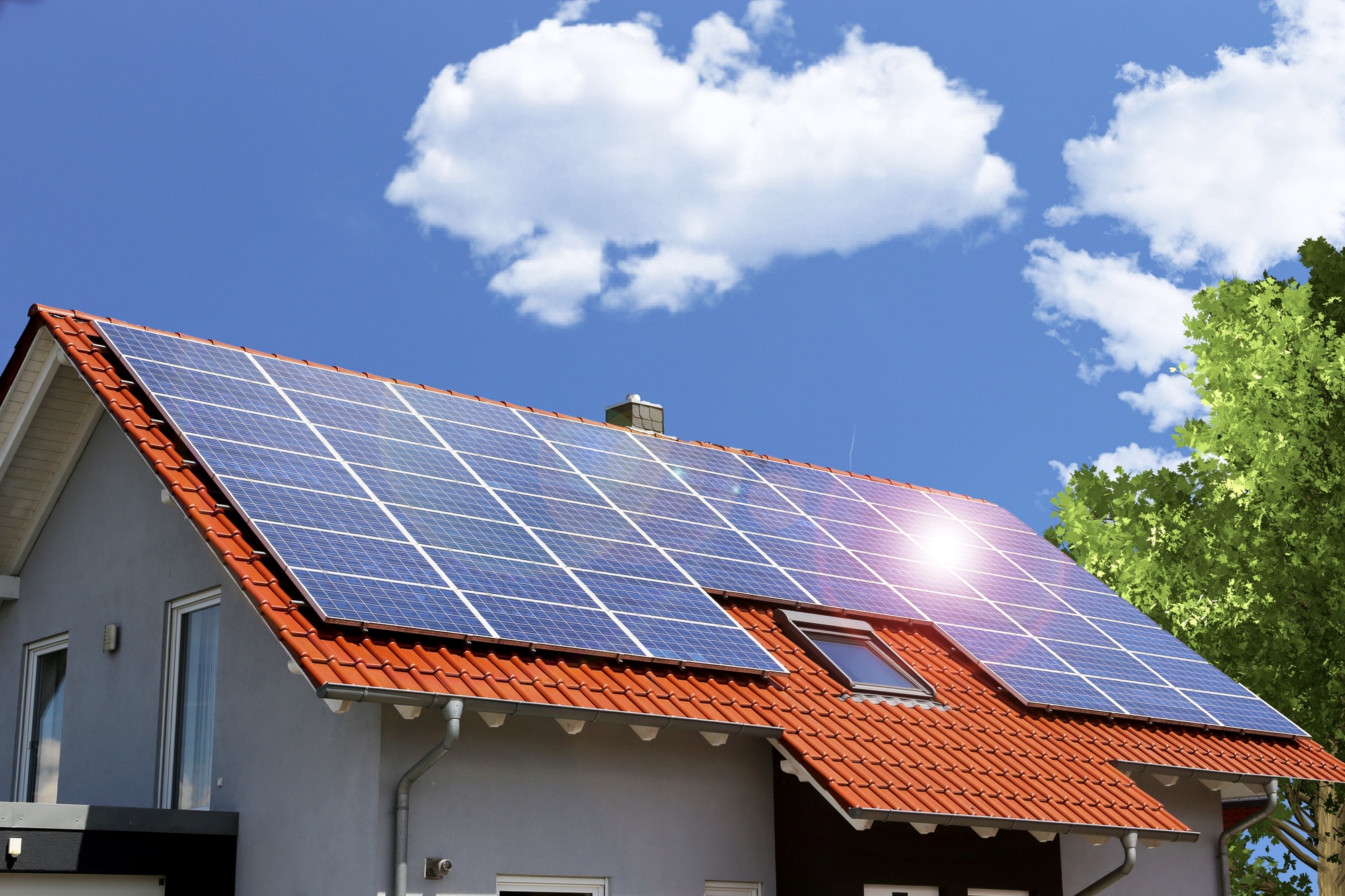花岗岩中有原子能,我们能解开它吗?
Common, ordinary igneous rock contains all the energy that civilization can use. The energy in a single ton of granite is equal to 50 tons of coal. The same rock holds immense quantities of valuable metals.
想想这个:100吨花岗岩,一块比汽车大一些的石头,含有8吨铝和5吨铁。其他成分包括两吨镁、180磅锰、70磅铬、40磅镍、30磅钒、20磅铜、10磅钨和4磅铅。
在100吨的普通花岗岩中,有14盎司的铀和约2磅的钍。这些放射性元素的能量相当于5000吨煤的发电量。
有可能从岩石中释放能量吗?
这非常容易。这两种元素集中在副矿物中,这些副矿物占花岗岩重量的不到百分之一。只需将岩石压碎以获得尺寸,并在稀盐酸中短时间浸出即可。这种酸溶解并保留了铀和钍的重要百分比。这些物质可以通过一系列简单的化学步骤从酸中分离出来。
This simple process extracts only 25% of the radioactive materials but even on this basis, 100 tons of granite yields nuclear fuels that can produce the same energy as is obtained from burning more than 1000 tons of coal.
从能量学的观点来看,开采100吨花岗岩并提取其放射性成分的“成本”不到3吨煤。该成本包括用于采石、破碎、废物处理、运输、酸、抽水、车间设施和其他考虑的电力。因此,一个人燃烧三吨煤就可以从能源中获得利润,达到997吨或更多吨煤。
以美元和美分来衡量,这幅画并不那么明亮。用普通花岗岩生产铀的价格估计在每磅340美元左右。从较富的矿石中提取铀的成本比这低得多。
然而,一些大型火成岩体中的铀和钍含量高于平均水平。铀的价格不需要在目前的水平上攀升太多,就可以从中获利。
需要对回收方法进行更多的研究,以提取花岗岩中80%的放射性物质。此外,它还可以对普通硬岩开采和研磨作业中作为副产品的铀和钍的回收进行调查。一些矿山垃圾场,也可能支付利润,如果他们的粉状材料是他们的放射性内容返工。
In any event, there is ample uranium and thorium in the igneous rocks of the earth’s crust to power a highly industrialized civilization for an extremely long time, certainly for thousands of centuries. No nation need be a have-not in atomic energy, for the raw materials are available everywhere.
钍作为原子能来源的作用相对较新,仍处于实验阶段。钍的含量是铀的三倍。在精炼状态下,它是一种灰色金属,硬度和延展性类似于铂。它可以从100多种不同的矿物中提取。钍的一个来源是花岗岩中有色的玻璃状独居石颗粒。
花岗岩的放射性,事实上,has led to much confusion on the part of week-end prospectors. Prowling the hills with a geiger counter, an amateur prospector is apt to be elated when he gets a high count form a body of granite or decomposed granite. He’s sure he has made a rich strike. Sometimes it is hard to convince him that granite is virtually worthless at present, even though it is a storehouse that we will tap in the future.
独居石是今天钍的主要商业来源,在印度和巴西海岸被开采成沙滩砂。在俄罗斯和澳大利亚,它也是一种海滩沙。在佛罗里达州和俄勒冈州的海岸有少量的独居石砂。钍的其他来源是爱达荷州、南卡罗来纳州和加利福尼亚州的稀土矿床。
过去,钍主要用于制造威尔士巴赫型煤气灯的灯罩。今天,原子能委员会正在以每磅4美元的价格购买一种至少含有30%氧化钍的产品。在将其还原成一种金属后,AEC以每磅19美元的价格将其用于实验反应堆。直到最近,钍还通过昂贵的孵化工艺提炼成金属,这需要昂贵的试剂。现在,一个半连续的过程,便宜得多,已经制定出来。
钍不易裂变。它不像铀235和钚那样保持连锁反应。它是原子能的原材料,而不是原子燃料本身。
当受到中子轰击时,钍变成铀233,铀233能维持连锁反应。这就解释了钍的重要性。
钍将被用于实验性的“增殖”反应堆,这些反应堆的目的是生产电力,同时制造尽可能多的核燃料。从理论上讲,一个繁殖者可以产生高达115%的燃料,虽然这在实践中可能不被证明是正确的。即使增殖反应堆产生的燃料几乎与之相当,它仍然代表着能源发展的一大步。
Such a breeder would have a central core in which U-235 or some other atomic fuel is burned. The thorium will be placed like a blanket around the core so that it captures some of the neutrons that the core emits. The U-233 that is thus created from the thorium in turn will emit more neutrons, transmuting additional thorium. The theory is that a breeder reactor will maintain itself as long as new supplies of thorium are fed to it.
钍反应堆的工作温度可能比其他类型的反应堆要高。效率的提高将产生更多的蒸汽。
今年夏天,北美航空公司下属的原子国际公司(atomicsinternational)在洛杉矶附近完成了一个使用浓缩铀238的钠石墨反应堆。来自反应堆的热量将产生蒸汽,驱动一台涡轮发电机,进而为南加州爱迪生公司的当地线路提供7500千瓦的电力。
反应堆的热效率额定为30%,但如果是钍型,其效率将在33%左右。这种看似轻微的效率提高将把蒸汽温度从目前的825度提高到950度,电输出也会有明显的提高。
与“钍育种”有关的重要实验将在钠石墨反应堆生产商业电力的同时进行。
Eventually, thorium may become the favored raw material for fueling all large central atomic-power stations. This may not happen for some time, especially in the United States where rather large quantities of the uranium isotope 238 are on hand.
每提炼一磅可裂变铀235,就会自动获得200磅以上的铀238。这种同位素可以通过轰击转化成钚,钚可以用作核燃料。同样,富含铀235的铀238也是可以接受的原子燃料。
Neither of this fuels possesses the breeding characteristics of thorium but from an economic standpoint it may be cheapest to use them. When the AEC released 88.000 pounds of U-235 for power development purposes here and abroad this past spring, it immediately became apparent that we have a vast surplus of useful U-238 on hand. A stockpile of more than 6000 tons of U-238 was obtained when the 88.000 pounds of U-235 were refined.
另一个原因是我们在建造大量钍反应堆方面进展缓慢,因为我们没有丰富的钍矿藏。另一方面,印度对使用钍发电非常感兴趣,因为它拥有钍矿床。
在任何采矿作业中,通常倾向于先开采最富的矿藏。另一种倾向是只从矿石中提取一到两种最有价值的成分,然后把剩下的矿物都扔到垃圾堆里。最终,随着我们最丰富的矿产资源耗尽,从任何一个采矿和选矿作业中提取多达20或30种产品将成为标准做法。
在一些独特的情况下,今天正在这样做。美国钾肥化工公司从它从加利福尼亚州塞尔干湖下的碱性沉积物中抽取的盐水中提取了20多种化学物质。从盐水中提取的其他产品包括食盐、用于肥料的盐饼、用于玻璃和洗涤化合物的纯碱、硼砂、磷酸钠、溴化钠和氯化锂。
These and other chemicals are removed from the brine in a series of distillation and precipitation steps. Some of these steps are complicated, some are extremely simple. One worth mentioning is the way that Glauber salt is extracted from the brine. This substance precipitates out of solution at 55 degrees or less. At Searles, brine is simply sprayed into the air above the lake bed when the temperature is below 55 degrees. The Glauber salt collects in big piles under the spray heads. The sprays are automatically turned off when the temperature rises above the critical point; otherwise the precipitated material would go back into solution and drain away.
Searles的操作是例外的,因为它的所有矿物都在溶液中,这种情况与处理岩石矿石时完全不同。但它指出了从多种矿石中提取多种成分的冶金和化学技巧的方向。
We know now that even “barren” granite contains a rich variety of metals. And we know that the rock also holds more than enough atomic energy to perform the work of extracting the metals, with energy left over. The time when we will be mining granite may be a long way off, yet it is interesting to speculate on what our resources will be when that time does come.
假设几个世纪后,美国的工业化程度比现在高出许多。同样,假设世界上所有其他地方的工业都上升到了同样高的水平。届时,世界人口很可能已经增长到300亿。
这样的人口可能以每年1500亿吨的速度消耗岩石作为金属和原子燃料。
Would we soon run out of rock? Hardly. Assuming that all the land areas were available for such processing, man would “eat” his way downward at the rate of less than one tenth inch per year!














